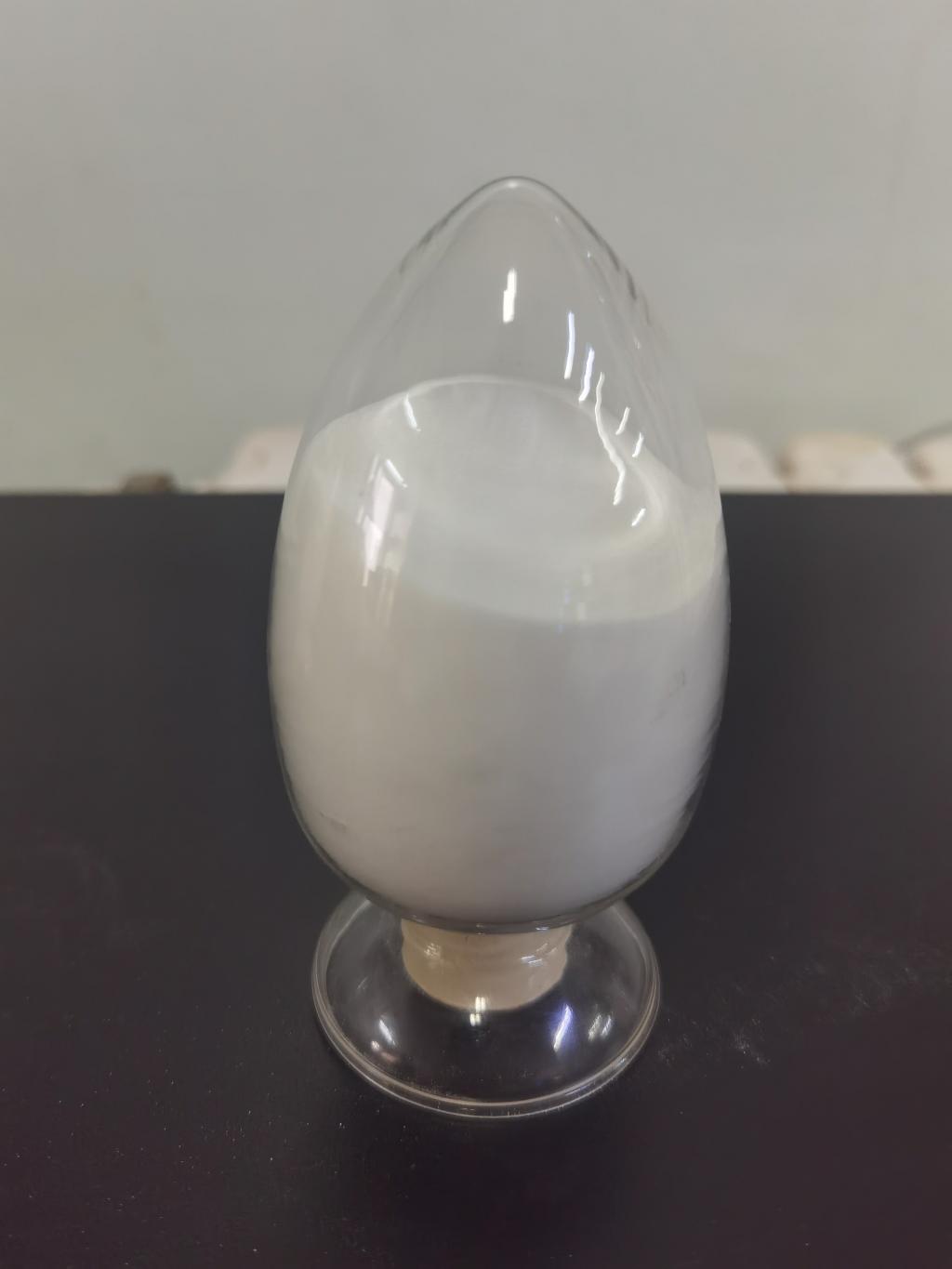Tel:+8618231198596

News
 CONTACT
CONTACT
 CONTACT
CONTACT
- Linkman:Linda Yao
- Tel: +8618231198596
- Email:linda.yao@dcpharma.cn
- Linkman:CHARLES.WANG
- Department:Overseas
- Tel: 0086 0311-85537378 0086 0311-85539701
News
Current Position:
Home >
News
>Assessing the efficacy of ε-Polylysine hydrochloride in preventing bacterial.
Assessing the efficacy of ε-Polylysine hydrochloride in preventing bacterial.
TIME:2024-05-21
Mechanisms of Action of ε-Polylysine Hydrochloride
ε-PL is a natural antimicrobial peptide produced by the fermentation of Streptomyces albulus. It exerts its antimicrobial effects by disrupting the cell membranes of microorganisms, leading to leakage of cellular contents and cell death. The primary mechanisms of action of ε-PL include:
Membrane Disruption: ε-PL interacts with the lipid bilayer of bacterial cell membranes, causing destabilization and permeabilization. This disrupts membrane integrity, leading to loss of intracellular components and eventual cell lysis.
Protein Binding: ε-PL can also bind to proteins on the bacterial cell surface, interfering with essential cellular processes and disrupting membrane-associated functions.
Application Methods of ε-Polylysine Hydrochloride in Food Transportation
ε-PL can be applied to food products during transportation through various methods, including:
Surface Treatment: Spraying or dipping food products in an ε-PL solution can effectively coat the surface with the antimicrobial peptide, providing protection against bacterial contamination.
Packaging Materials: Incorporating ε-PL into packaging materials, such as films or coatings, can create an antimicrobial barrier that inhibits bacterial growth and extends the shelf life of packaged foods.
Fogging or Fumigation: Fogging or fumigation with ε-PL solutions can disinfect the interior of transportation vehicles, such as trucks or containers, reducing microbial contamination and maintaining food safety during transit.
Efficacy of ε-Polylysine Hydrochloride in Food Transportation
Preservation of Food Quality
Studies have demonstrated the efficacy of ε-PL in preserving the quality of food products during transportation. By inhibiting bacterial growth, ε-PL helps prevent spoilage and maintain the freshness and sensory attributes of perishable foods.
Reduction of Pathogenic Bacteria
ε-PL has also been shown to effectively reduce the levels of pathogenic bacteria during transportation. By targeting a broad spectrum of microorganisms, including gram-positive and gram-negative bacteria, ε-PL contributes to enhanced food safety and reduced risk of foodborne illness.
Extended Shelf Life
The antimicrobial properties of ε-PL contribute to an extended shelf life of food products during transportation. By inhibiting microbial spoilage, ε-PL helps prolong the storage duration of perishable foods, reducing waste and improving overall food security.
Challenges and Considerations
Compatibility with Food Products
The compatibility of ε-PL with different types of food products and packaging materials must be carefully evaluated to ensure effectiveness and safety. Compatibility issues may arise due to interactions between ε-PL and other food components or packaging materials, affecting antimicrobial efficacy and product quality.
Regulatory Approval
Regulatory approval for the use of ε-PL in food transportation may vary depending on the country or region. Manufacturers must ensure compliance with relevant regulations and standards governing the use of antimicrobial agents in food contact materials.
Cost and Availability
The cost and availability of ε-PL may pose challenges for widespread adoption in food transportation applications. Factors such as production scale, purification methods, and market demand can influence the cost-effectiveness and accessibility of ε-PL for use in the food industry.
Future Directions
Development of Novel Formulations
Research efforts are underway to develop novel formulations of ε-PL that enhance its stability, efficacy, and compatibility with food products and packaging materials. Advances in formulation technology can expand the application possibilities of ε-PL in food transportation and improve overall food safety and quality.
Integration with Other Preservation Techniques
Integration of ε-PL with other preservation techniques, such as modified atmosphere packaging, active packaging, and cold chain management, can further enhance the efficacy of food transportation systems in preserving food quality and safety. Synergistic effects between ε-PL and other preservation methods can offer comprehensive protection against microbial contamination throughout the supply chain.
Conclusion
ε-Polylysine hydrochloride holds great promise as a natural antimicrobial agent for preventing bacterial contamination during food transportation. Its mechanisms of action, application methods, and efficacy in preserving food quality make it a valuable tool for ensuring food safety and extending the shelf life of perishable products. However, challenges such as compatibility, regulatory approval, and cost-effectiveness must be addressed to facilitate its widespread adoption in the food industry. By overcoming these challenges and exploring novel applications, ε-PL can play a pivotal role in improving the efficiency and reliability of food transportation systems, ultimately benefiting consumers and food producers alike.
- Tel:+8618231198596
- Whatsapp:18231198596
- Chat With Skype







